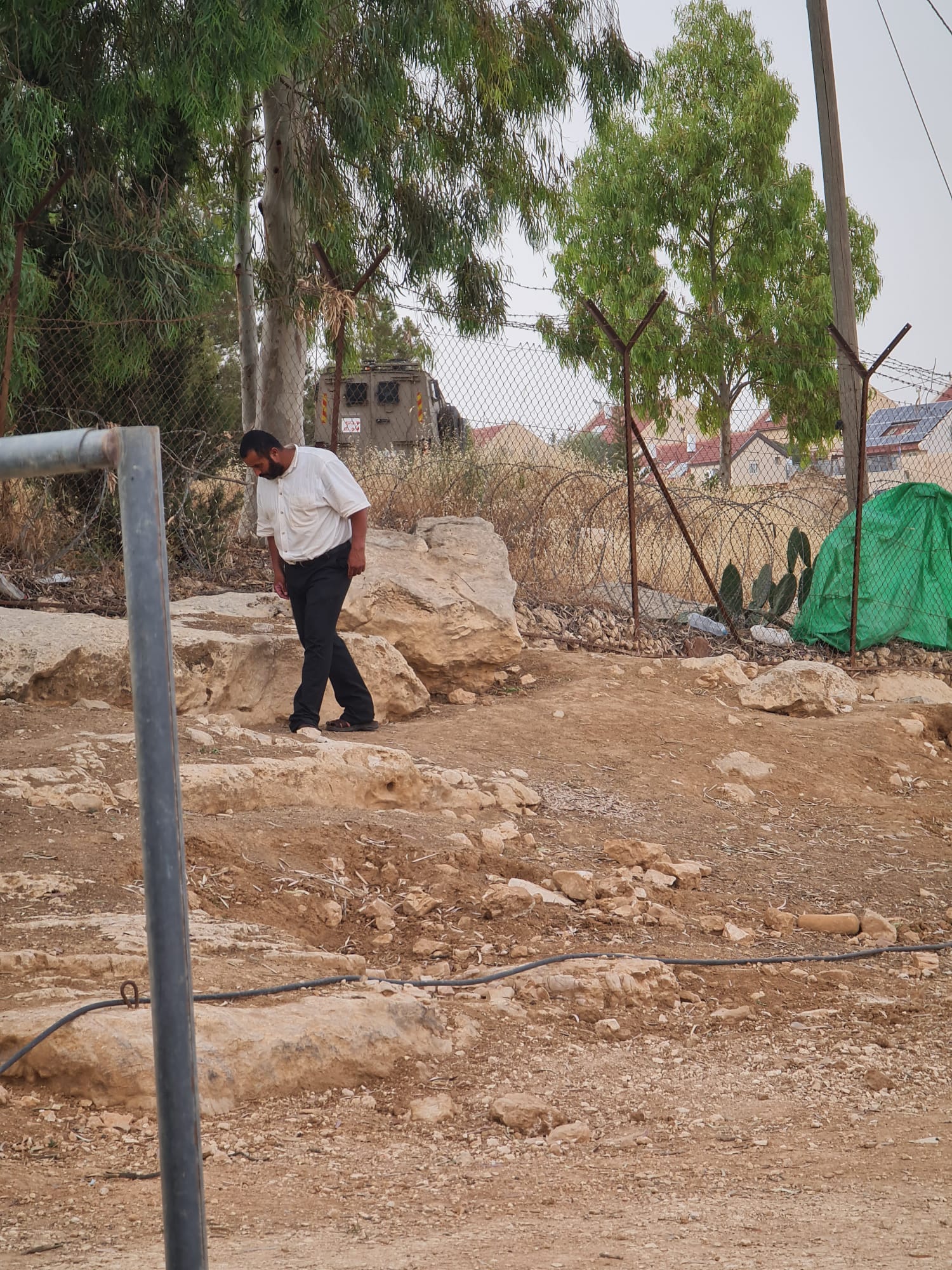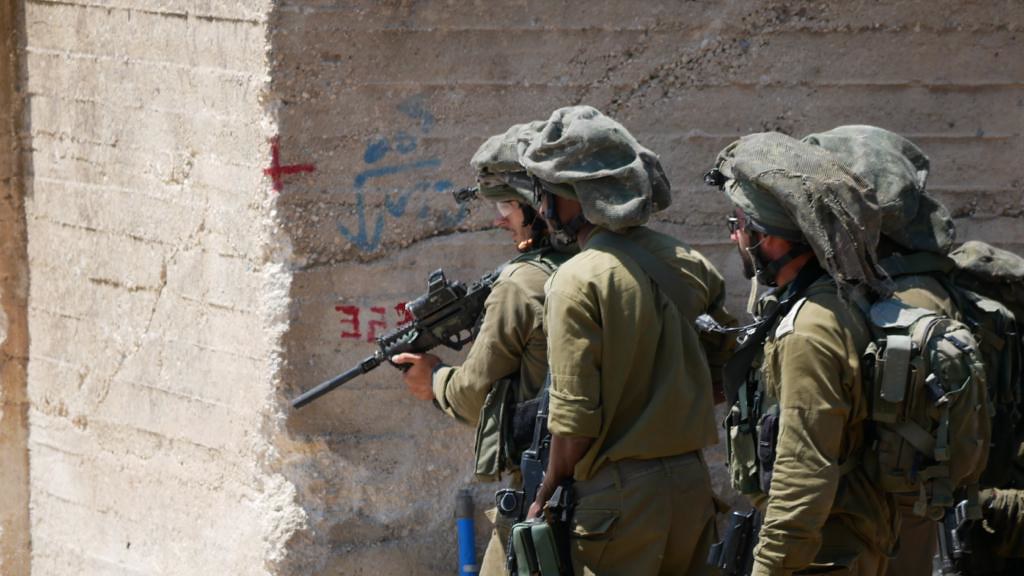Tag: Israeli Military
-
Revenge attacks in Masafer Yatta
16 October, 2023 | International Solidarity Movement | Masafer Yatta In the week since Israel began its onslaught on Gaza, soldiers and settlers have bulldozed homes, carried out night raids and attacked Palestinians across the Masafer Yatta region. Occupation forces have taken advantage of the state of emergency to escalate their violence and displacement…
-
Inheriting resistance in the South Hebron Hills: “I am my father’s daughter, if he can do this, so can I… and more”
August 6 | International Solidarity Movement | South Hebron Hills, occupied Palestine “My life is occupation … all the time you have to be ready for the bad, and the most bad you can imagine,” Sameeha Huraini tells me, as she explains the reality of day-to-day life in the South Hebron Hills. She is just…



